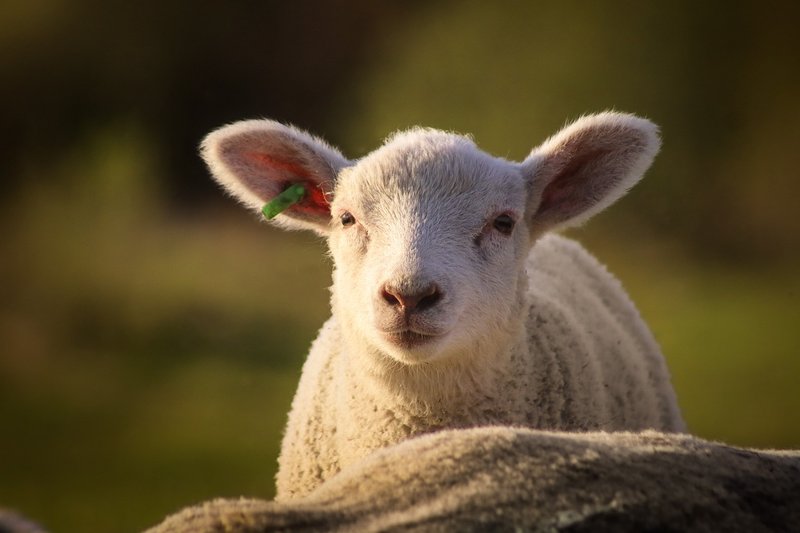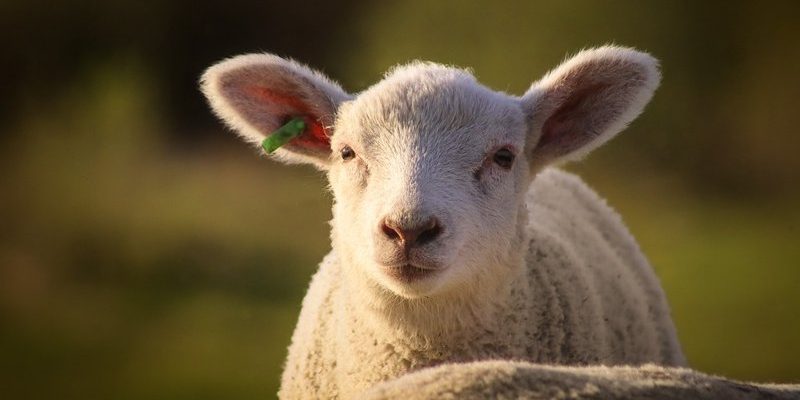
Honestly, it’s a bit like running into an old friend you haven’t seen in ages—exciting yet a little nerve-wracking. In this guide, we’ll walk through everything you need to know when you come across a sheep in the wild. We’ll cover their behaviors, how to interact with them safely, and what you should avoid doing. Just think of it as your friendly sheep-spotting manual that’ll equip you with the knowledge to appreciate these beautiful animals from a respectful distance.
Understanding Sheep Behavior
When you spot a sheep, it’s essential to understand how they behave. Sheep are prey animals, meaning they’re wired to be cautious and alert. They often use their keen sense of sight to detect potential threats. When you approach, you might notice them stopping to stare at you, ears perked up, assessing whether you’re friend or foe.
Here’s the thing: sheep rely heavily on their flock mentality. They feel safer in groups, so if you see one sheep, chances are there are more nearby. If you see one sheep hanging out alone, it might be a bit anxious or nervous, which can lead to erratic behavior. It’s important to read their body language—if they seem skittish or try to move away from you, it’s best to give them space.
Another factor to consider is the breed of sheep. Different breeds can have different temperaments. For instance, Merino sheep are known for their wool but can be a bit more skittish compared to the friendly Suffolk breed. Knowing this can help you gauge how to approach them (or not) in the wild.
Keep Your Distance
When you spot a sheep, one of the most critical things to remember is to keep a respectful distance. A good rule of thumb is to stay at least 50 feet away. This distance is important for both your safety and the sheep’s well-being. Approaching too closely can stress them out, causing them to flee or act unpredictably.
If you’re hiking with friends or family, make sure everyone understands the importance of maintaining distance. It’s easy to get excited and rush in for a closer look, but trust me, sheep can be unpredictable if they feel threatened. Allowing sheep to feel safe can lead to them being more relaxed, and who knows, you might just get a beautiful photo opportunity from afar!
Additionally, wild sheep can sometimes carry diseases that might be transmissible to domestic livestock or even humans. While it’s rare, it’s always better to err on the side of caution. Observe them from a distance, enjoy their beauty, and let them carry on with their day.
How to Observe Sheep Safely
So, you’re at a safe distance, but how can you observe sheep in a way that’s enjoyable for you and non-intrusive for them? First, consider bringing binoculars. They can give you a close-up feel without the risk of getting too close. Observing how sheep interact with each other and their environment can be quite fascinating.
You might notice them grazing, nuzzling, or even playing. Sometimes, they’ll collectively turn their heads to look at any perceived danger—usually, this means you’ve caught their attention! You could also try to blend in with your surroundings. Standing still and quiet can help you observe their natural behavior. The more you watch, the more you’ll appreciate their quirks, like how they graze in a rhythmic pattern.
Pay attention to the time of day as well. Sheep are generally more active during early morning or late afternoon. If you plan your hike accordingly, you’re likely to catch them in action.
What Not To Do Around Sheep
Now that you know how to enjoy watching these furry creatures, let’s talk about what you should avoid doing. For starters, don’t attempt to touch or pet a wild sheep. It might be cute to think about giving one a scratch behind the ears, but wild animals are unpredictable, and you don’t want to risk a confrontation.
Also, steer clear of feeding them. You might think you’re being friendly, but feeding wild sheep can lead to several problems, including making them dependent on humans for food. This dependency could compromise their natural foraging behavior, putting their health at risk. Plus, it can attract other wildlife that may not be as friendly.
Lastly, avoid making loud noises or sudden movements. Sheep can startle easily, and a frightened sheep can run into traffic or lose its footing and get hurt. Keeping the atmosphere calm is beneficial for both you and the sheep.
Share the Trail Responsibly
When hiking in areas where sheep are present, it’s essential to spread awareness among fellow hikers. Encourage others to do the same. Share your understanding of sheep behavior and the importance of keeping a safe distance. If someone seems unfamiliar with how to behave around wildlife, a gentle reminder can go a long way in keeping everyone—and the sheep—safe.
If you’re hiking in a group, designate someone to keep an eye out for sheep along the trail. This way, you can take turns enjoying the view without rushing in and potentially disturbing the animals. Creating a collective awareness about wildlife helps everyone appreciate nature more and raises respect for these gentle creatures.
You could even bring a small notebook or journal along to jot down your experiences and share what you’ve learned with others. It’s a great way to connect with nature and could spark conversations about wildlife preservation.
Encountering a sheep in the wild can be a delightful experience, much like bumping into a friendly neighbor. By following the tips we’ve laid out, you can ensure that this interaction is enjoyable and safe for both you and the sheep. Remember to observe from a distance, appreciate their natural behavior, and share this understanding with others.
The next time you head out for a hike, keep these pointers in mind. Each encounter with wildlife is a chance to learn and grow our appreciation for the natural world. Whether it’s a sheep on a sunny hillside or a bird in a tree, every interaction teaches us a little more about nature. So be curious, be respectful, and enjoy the beautiful world around you!

